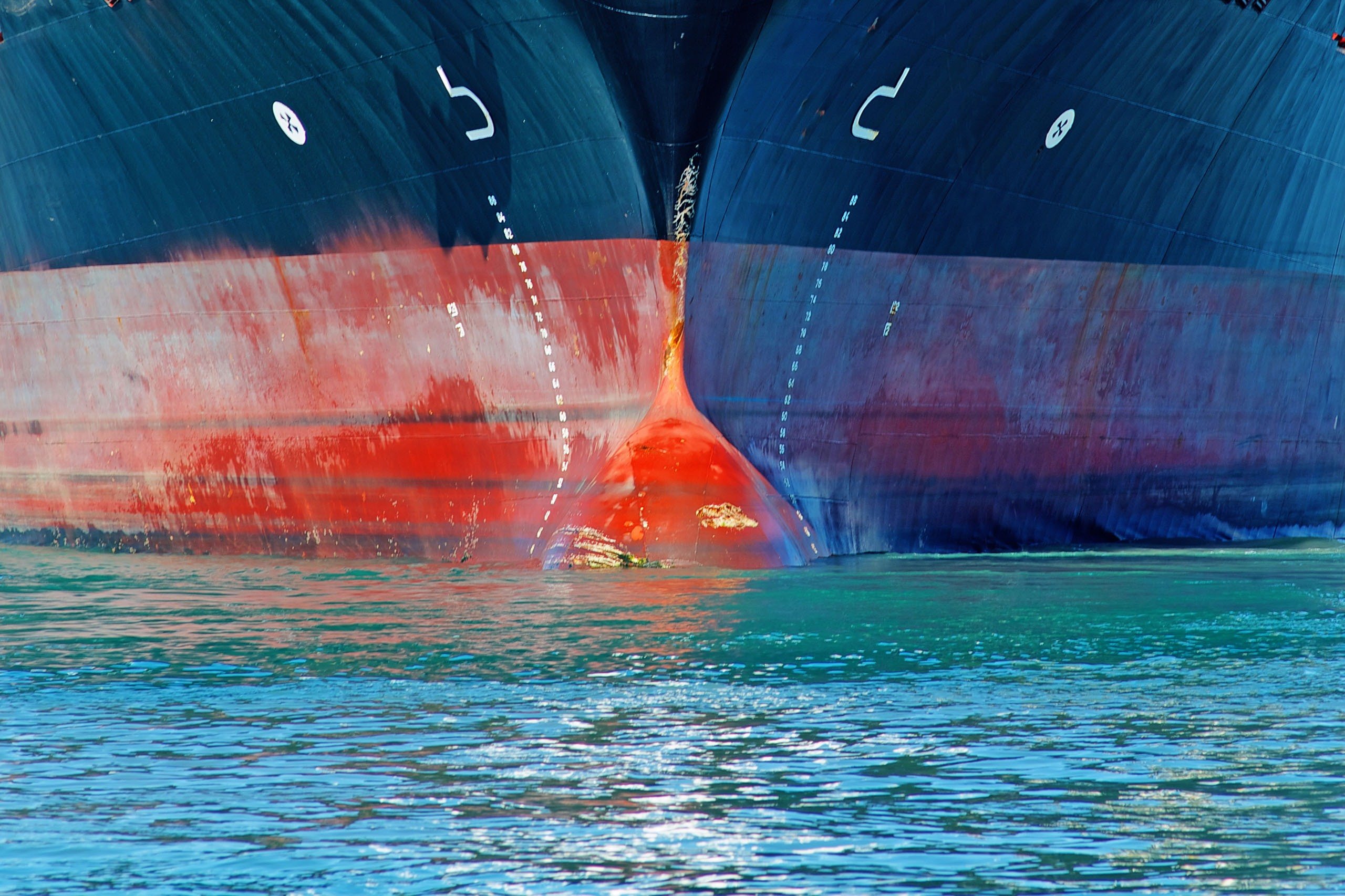The Association would like to inform Members of further updates from the Philippines concerning the latest amendments to the Migrant Workers Act of 1995.
There have been two consultative meetings held by the Legislative Committee on Overseas Workers Affairs to clarify the law to the various stakeholders including government agencies tasked to prepare the Implementing Rules and Regulations (IRR). Mr Herbert Tria of Del Rosario & Del Rosario attended the hearings as part of the Joint Manning Group representation.
Mr Tria reports that there had been complaints about the law's provisions and the committee opined that the provisions of the law cannot be changed and the only remedy was to amend the law.
The compulsory insurance coverage was clarified as follows:
1. Section 37 A will be considered the minimum benefits of seafarers in cases of accidental or natural death, permanent total disability and the rest of the benefits enumerated in the law. Any claim arising from accidental death, natural death or disablement under said section shall be paid to the seafarer without any contest and without the necessity of proving fault or negligence of any kind on the part of the seafarer. Hence, regardless of whether the death, illness or injury is work-related or not, the seafarer would be entitled to USD15,000, USD10,000 and USD7,500 in cases of accidental death, natural death or permanent disablement respectively.
2. The benefits under Section 37A will be considered part of the benefits under the POEA standard employment contract. Thus, as an example, if a death is considered work-related, the seafarer's heirs will be entitled to an additional US$35,000 or a total of US$50,000. If not work-related death, the seafarer's heirs will not be entitled to an additional US$35,000. On a query on whether "suicide" is compensable, the committee replied that it is compensable up to US$15,000 due to the "no fault" provision of the law.
3. With regards to money claims in Section 37F, it was clarified that what is required to be insured is an amount equivalent to "three months basic salary" and not the entire amount of death, disability or other money claim.
Mr Tria also comments that as yet the new law has not been published in at least two (2) newspapers of general circulation as required under Section 29. There is also no schedule as to when the government agencies concerned will convene for drafting the required IRR. Thus, the law is not yet in effect.




